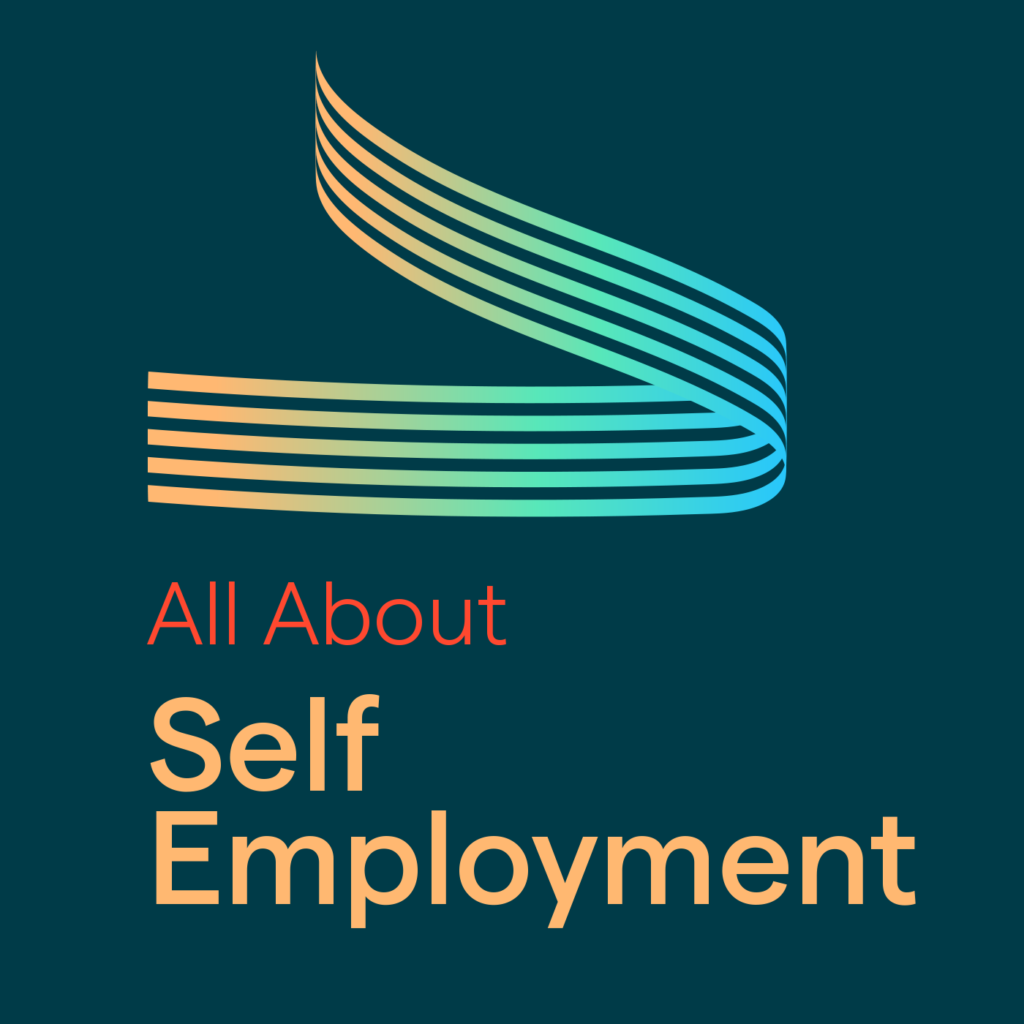Off-payroll working is very closely linked with another piece of legislation: IR35.
Though the two pieces of legislation are different, they are two sides of the same coin in that off-payroll deals with how to pay an individual who’s assignment is “inside IR35”.
To get a better idea of why off-payroll legislation is important, it’s worth reading about why IR35 was created and what the legislation was initially intended for.
What is IR35? Find out here.
In short, IR35 legislation was initially introduced in 2000, and was designed to target self-employed workers who HMRC felt were actually disguised employees.
These individuals were working through their own limited company (e.g. “Joe Bloggs Limited”) to provide services to their client.
In this scenario Joe Bloggs’ income is taxed as a business (incurring corporation tax, VAT and dividend tax) through Joe Bloggs Limited, whereas if Joe Bloggs was actually a disguised employee then PAYE and NICs should be due to HMRC.
In this scenario, Joe Bloggs’ assignment would be “inside IR35” and Joe Bloggs Limited would need to make a deemed payment to HMRC to cover the “missing” PAYE and NICs.
Only, the problem was that HMRC found the IR35 hard to enforce. To rectify that, new additions to the legislation – called Off-Payroll Reforms – were introduced in April 2017.
Is Off-Payroll the same as IR35?
A lot of people across government and the media have, confusingly, referred to Off-Payroll and IR35 as just ‘IR35’, which is where some confusion may arise. Off-Payroll just refers to the rules for ensuring that HMRC receive PAYE and NICs for “inside IR35” assignments, i.e. affected PSC workers must be paid via payroll rather than off-payroll.
Initially, the off-payroll rules were introduced to just the public sector in 2017. This meant that public sector businesses engaging PSC workers are responsible for determining whether their assignment is inside or outside IR35.
The government subsequently announced that the rules would be extended to the large and medium sized businesses in the private sector from April 2020.
However the coronavirus pandemic saw the private sector reforms pushed back until 6 April 2021. The legislation is written, has received Royal assent and the most recent information that we have from HMRC confirms that the reforms will definitely be coming in 2021.
The most significant change brought about by the off-payroll rules is that businesses who engage contractors through limited company (personal services company or PSC) will now be responsible for determining if their assignment is inside IR35 or not.
Before the Off-Payroll Reforms, determining IR35 status was the responsibility of the limited company (personal service company) through which the individual is engaged.
However the reforms mean that the client will have to make the IR35 status determination, and if inside IR35, then the “feepayer” (entity which pays the PSC) will be legally responsible for ensuring appropriate PAYE and NICs are deducted from the fees paid for the work undertaken.
Are there any exceptions?
If the end-client is within the private sector, and is “small” then they are exempt from the off-payroll reforms. To be “small” the client needs to meet two or more of the following:
- Turnover of less than £10.2 million
- Balance sheet total (assets before liabilities deducted) of less than £5.1 million
- There are less than 51 employees
The above factors will need to be apparent in the accounts filed in the tax year previous to the year being considered. In these circumstances the off-payroll rules do not apply and the PSC remains responsible for determining IR35 status and ensuring taxes are paid accordingly.
It is worth noting that clients cannot get around the off-payroll reforms by simply forming numerous “small” companies as the whole corporate group will be considered in establishing whether or not it is small.
How clients can identify off-payroll workers
Of course, before clients can make their IR35 status determinations, they must first identify who their off-payroll workers are.
This might not be as simple as it seems given that, by definition, most off-payroll transactions are B2B and not necessarily linked to an individual person who might be readily available via a client’s HR system.
Instead, it is likely that all purchasing managers within a client will need to be briefed about the off-payroll changes so that they can identify which businesses they engage with that might be affected, and once identified an IR35 status assessment will need to be undertaken.
Assessing IR35 status is complicated, and even experts with many years of experience don’t always agree on each other’s conclusions.
Indeed, judges that preside over cases at tribunals don’t always agree with one another. The case law is nuanced because all factors must be examined and a step back taken in order to consider the whole picture.
What factors are considered in relation to IR35 status? Find out here.
(Don’t forget that the IR35 legislation itself is not changing, just who is responsible for undertaking the status determination.)
So how will clients assess IR35 status?
HMRC have created an online tool, Check Employment Status for Tax (CEST) which they believe enables anyone to quickly determine whether their status is employed for tax purposes, i.e. whether or not an assignment should be deemed inside IR35.
The online tool considers most of the employment indicators (personal service, control, financial risk, being part and parcel) but the tool explicitly omits mutuality of obligation.
In our IR35 information, we outlined that mutuality of obligation is a key factor in considering employment status, and many employment experts have argued against this glaring omission from HMRC’s tool.
However, HMRC consider that sufficient mutuality of obligation exists by virtue of the contractual arrangements, i.e. tasks being completed in exchange for payment.
This position is not always borne out by the courts when they consider employment status tribunals.
There are a number of other IR35 status determination tools available which do consider mutuality of obligation as well as the other factors.
However HMRC say that they will only stand by the result generated by their tool, providing that accurate information was entered in order to generate the status determination.
Notwithstanding, many IR35 experts believe that HMRC’s CEST tool is so flawed by virtue of not considering mutuality of obligation that they would not recommend using it.
From April 2021 all end-clients will be responsible for determining IR35 status (but see “Are there any exceptions” above, so it will be their decision regarding which tool to use.
Status Determination Statement (SDS)
The forthcoming private sector off-payroll reforms require clients engaging contractors through limited companies (also known as personal service companies) to produce a Status Determination Statement (SDS) to their contractors that outlines their IR35 decision.
The SDS should indicate the client’s decision regarding the employment status for tax of the PSC worker, it should provide reasons as to how the decision was made, and it should be communicated to the individual worker.
If a recruitment agency is in the supply chain, they should also receive a copy of the client’s SDS.
It is important to note that the SDS must be prepared with “Reasonable Care”, and if a client does not use “reasonable care” they could become liable for the tax and NIC due to HMRC.
When the public sector off-payroll reforms came in 2017, numerous clients made blanket determinations that all of their contractor assignments were inside IR35 without considering all the facts.
This meant that thousands of people were unfairly taxed as employees, and that they had no means of redress, hence the new requirement for “Reasonable Care” in the next off-payroll reforms.
Appealing the decision
The 2017 reforms were widely criticised as individuals had no way to seek redress if their assignment was incorrectly determined as being inside IR35 – they had two choices; accept the inside IR35 determination or seek a different assignment elsewhere.
For this reason, the next set of off-payroll reforms due in April 2021 seek to address this by requiring clients to provide an appeals process.
The legislation does not prescribe what that an appeals process should look like, but it does at least enable individuals to disagree with their client’s status determination.
Presumably a good appeals process will require the client to reconsider their decision and take into account any further evidence submitted to them by the individual affected.
For example, you might have alternative IR35 determinations from other credible sources, or there might be other factors about how you work which were not considered in the client’s original decision-making.
If, having considered the appeal, your client does not change their determination then your options are limited as their decision is final – assuming they have taken reasonable care.
You could choose to: accept their decision and be taxed as an employee; seek to negotiate an increased rate to cover the deductions from your income; seek to become an employee of your client; or seek assignments elsewhere.
Who or what is the fee-payer?
The 2017 public sector off-payroll reforms introduced the term “fee-payer” which is defined as the party paying the worker or limited company.
It is the entity directly above the worker’s limited company in the supply chain, and is normally a recruitment agency or the client if there is no agency involved.
The off-payroll reforms make the fee-payer liable for ensuring that the client’s IR35 determination is applied at the point in which the individual worker is paid. This ensures that any tax and NICs due are deducted at source via RTI payroll.
Fee-payers that receive a status determination that the off-payroll working rules apply become the “deemed employer” for tax purposes, and they must:
- Calculate the deemed direct payment to account for employment taxes and National Insurance contributions associated with the contract.
- Deduct those taxes and employee National Insurance contributions from the payment to a worker’s intermediary.
- Pay employer National Insurance contributions.
- Report to HMRC through Real Time Information the taxes and National Insurance contributions deducted.
- Apply the apprenticeship levy and make any payments necessary.
Fee-payers should note that the employment allowance cannot be used against payments to deemed employees.
Summary
The off-payroll working rules were originally brought in to the public sector in 2017, and are due to be rolled out to the private sector in April 2021.
In essence the rules make clients responsible for determining the employment status for tax purposes of any assignments undertaken by individuals working through a single-person limited company.
Previously the limited company would make that determination and if applicable pay a “deemed payment” to HMRC accordingly.
The 2017 reforms were extremely disruptive to the public sector with clients unfairly making blanket determinations which resulted in many affected people walking out part way through assignments, and numerous projects were put on hold or delayed as a result.
The impact of the reforms in the private sector remains to be seen, however we expect some clients will decide to stop engaging individuals through personal service companies, choosing instead to require engagement via umbrella companies, or agency PAYE.
We hope that only a minority of clients implement such a policy, and choose instead to properly consider the tax status of individuals that they engage. We will keep you updated of developments as we approach April 2021 when the reforms are due to be implemented.








